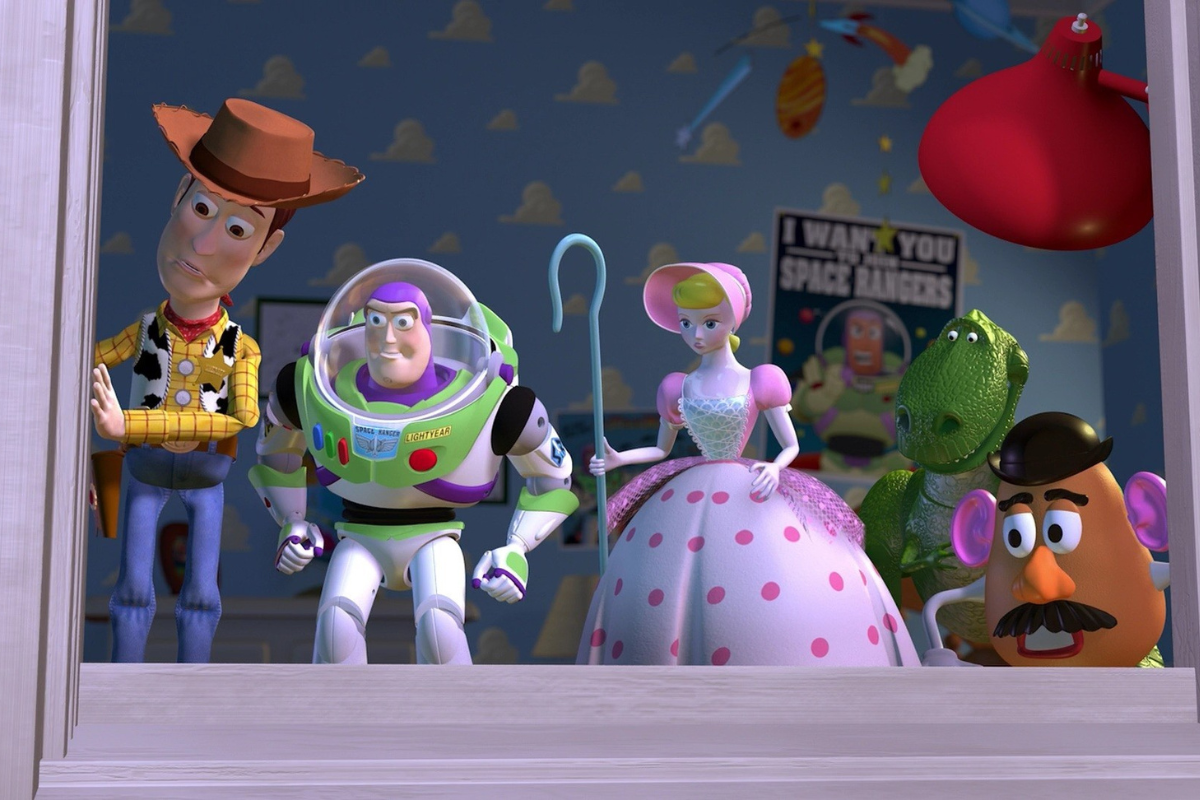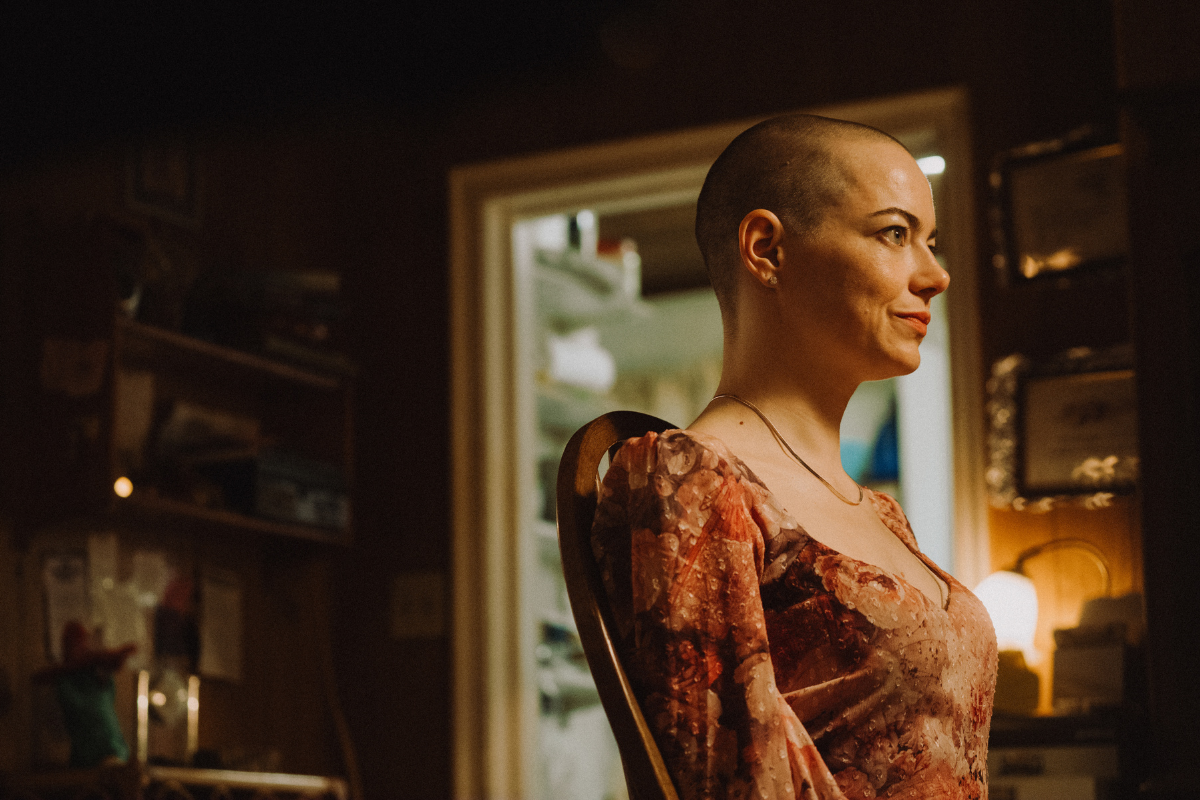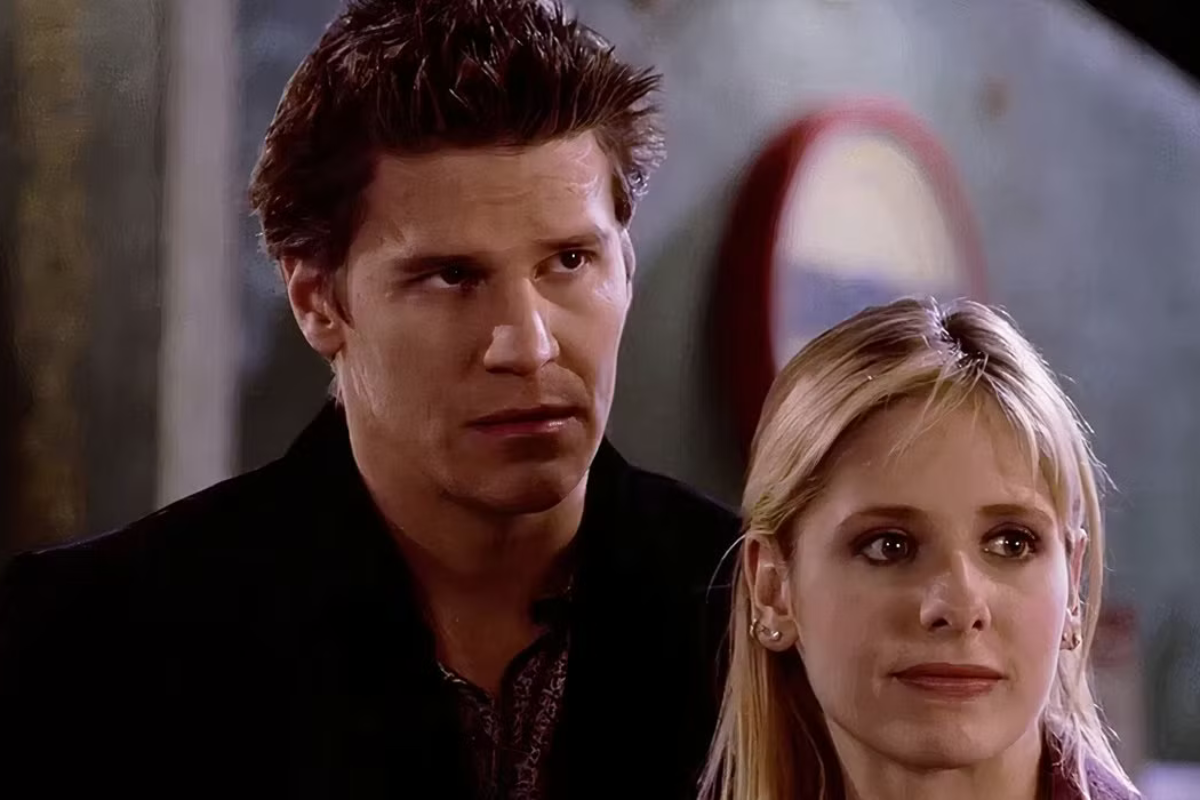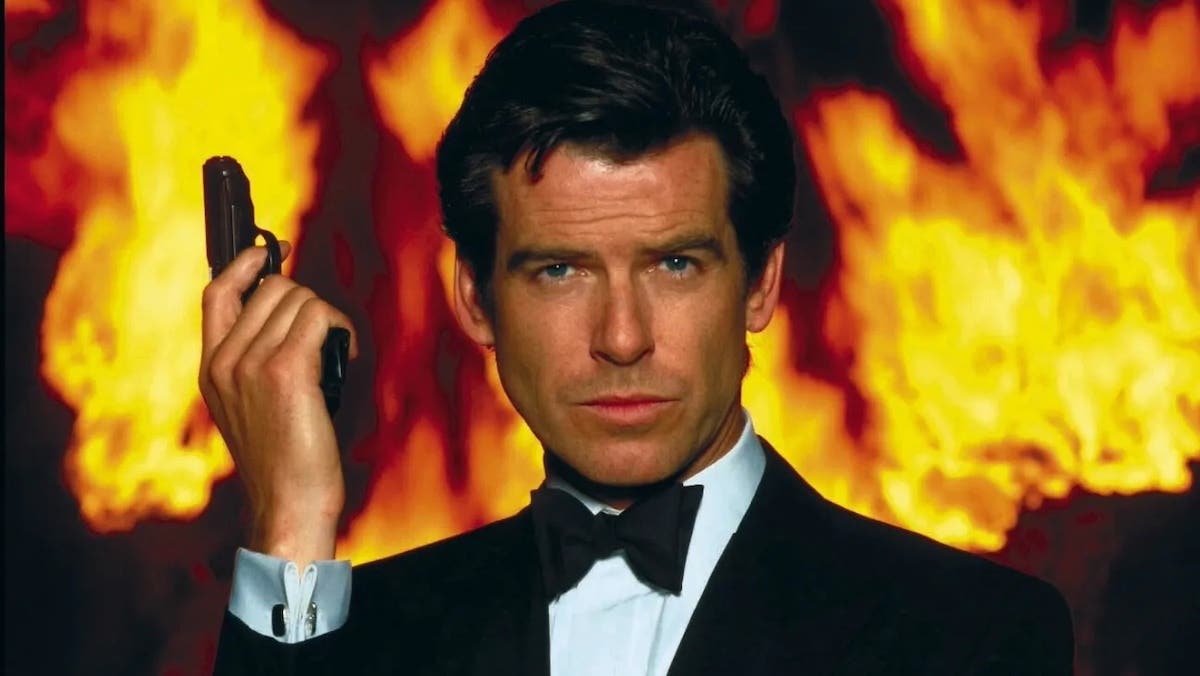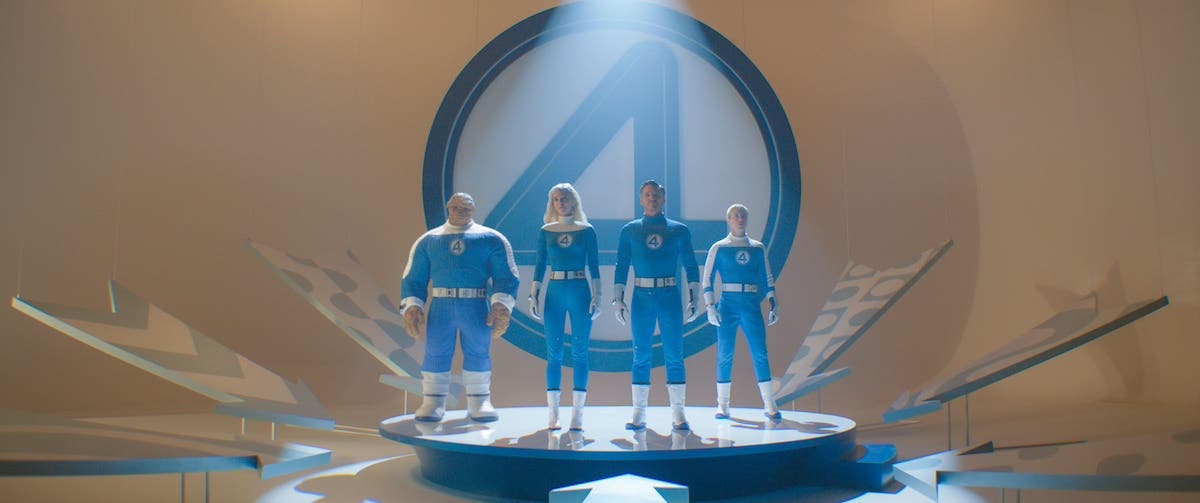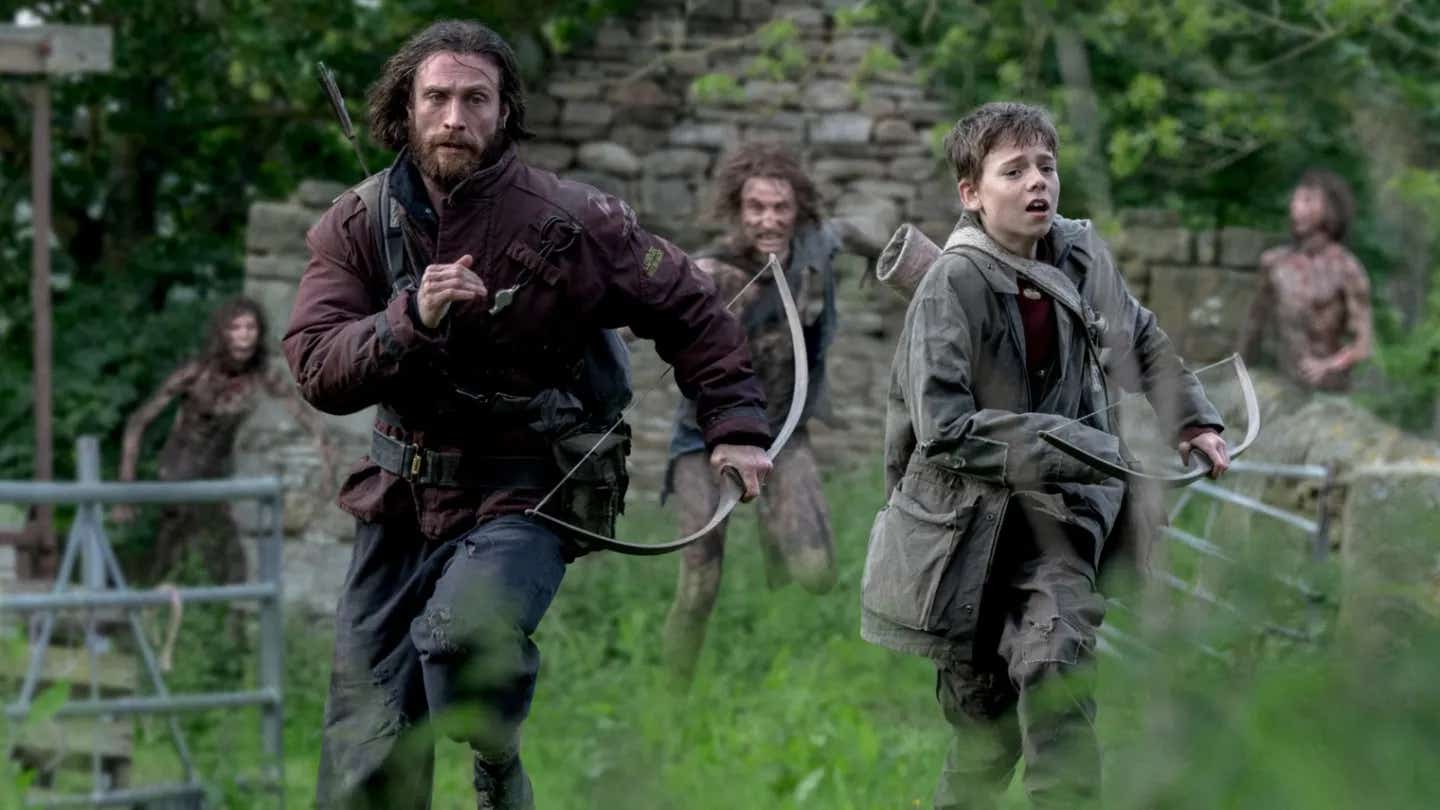How ‘Honey Don’t!’ Economizes Storytelling and Trusts Its Audience
Astonishingly economical, even when it feels like it could be meandering, and has dialogue sharper than a tack that never feels like it’s talking down to the audience.
There will be spoilers for Honey Don’t! (2025) in this piece.
Ethan Coen and Tricia Cooke co-wrote the screenplay for Honey Don’t!, the second in their “queer B-movie trilogy” that began with last year’s hilarious and somehow wholesome Drive Away Dolls. Ethan, half of the legendary Coen Brothers team, took a break from that team up after 2018’s The Ballad of Buster Scruggs and came back to making movies with Cooke, his wife, and we’ve been blessed with these sharp, 90-minute gifts.
Honey Don’t! is a modern noir with all of the comedic trappings you’d expect from Ethan Coen. Now that we’ve been able to see the split in sensibilities between Ethan and Joel Coen, it’s apparent that the absurdist comedy came from Ethan, and it’s all on full display here.
Honey, the titular character, is played by burgeoning superstar Margaret Qualley. She’s a private detective in Bakersfield, California and a would-be client dies under suspicious circumstances before she can make it in for her consultation. She’s drawn deeper and deeper into a mystery through disparate subplots until everything culminates into one connected web of deceit, sex, drugs, religion, murder, and revenge.
The Coen Brothers had long been masters of modern noir, going back to their first film, Blood Simple (1984), so its no wonder that 41 years later, Ethan and his wife and co-writer still have things to show screenwriters looking to craft a tight knit screenplay that gets out when the getting is good and doesn’t waste any time. This screenplay is astonishingly economical, even when it feels like it could be meandering, and has dialogue sharper than a tack that never feels like it’s talking down to the audience or dumping exposition.
Screenwriters can take quite a few lessons from Honey Don’t, and it’s worth catching in the theater. One of the biggest is the fact that it’s economical in its story. The film runs just one hour and twenty-eight minutes. The story doesn’t dally and doesn’t waste any scene. It also doesn’t waste time drawing conclusions for the audience or putting the pieces together for you. In fact, the end of the film could have very well gone on longer, but—quite wisely—lets us imagine the next steps with a smile on our faces as the credits roll. Even scenes and subplots that seem as though they might be diversions in the moment hook back around and add to the story when we, the audience, add all of the context together from a variety of scenes.
For example, the subplot dealing with Honey’s father (Kale Browne) and her niece, Corinne (Talia Ryder). The audience is left to add up the context in half a dozen scenes to understand the story, meaning the screenwriters trust us enough to do that. We’re told about who Honey’s father is in a scene of Honey and MG Falcone (Aubrey Plaza) discussing the abuse they suffered from their parents after a bout of sex, she mentions casually that he’s out there somewhere still. We have a scene of Corinne being creeped out by an old man at work. We have another scene of that same man waiting for her at the bus stop and she disappears into the night. When the man turns out to be her father and arrives at her doorstep and they have a poignant exchange, it works really well. It might not work as well for less astute viewers who don’t pay as much attention, but for those adding up the calculus of each scene, it feels like a refreshing revelation and doesn’t play to the lowest common denominator. And that sequence culminates in one of the sharpest exchanges of dialogue in the entire film.
Honey’s father, crying, tells her that she’ll regret not reconnecting with him when he’s dead and she somberly fires back, “You’re already dead. Hasn’t anyone told you?”
Another thing it does really well is focus in as the story narrows. At the beginning of the movie, it feels like scenes can be cast far afield and not necessarily feel connected, but as the story comes together, they tighten together and the audience is able to see how they were all related the entire time. Not a single scene wasn’t related to the ultimate climax by the end the entire time, meaning not a single scene was wasted. More than that, there was a specific cause and effect for every action a character took in those scenes. Every decision a character made in those scenes, no matter how bizarre or coincidental, had an effect as it moved forward through the plot. Whether that was the sexual whims or brutal demands of Reverend Drew (Chris Evans) or the way the characters spoke of and viewed the bus service in Bakersfield, they all had a place in the story. Watching it a second time will further reveal how tightly knit every decision, drop of information, and even seemingly throwaway line was in the script.
Another thing I really loved that bears more study was how the film can mash tones together and telegraph shifts in character and tone without giving the audience whiplash and presage changes that make sense. When a surprise villain is finally revealed, it’s important to notice a number of things that are played prior to the character’s shift that allow us to catch up to the revelation and even realize it well before it happens, which makes us feel like it’s earned. [Major spoiler alert] At one point in the middle of the film, talking about their relationship, Honey talks about how she’d be in uncharted territory if she made it to a third date with MG Falcone, who gets visibly uncomfortable. She asks to have sex again and then says, “Don’t worry, I’ll leave right after.”
She then vanishes from the narrative and when Honey goes to see her at work, she’s called out sick, allegedly up too late partying. The audience is distracted by her disappearance because Honey is distracted also, searching for her missing niece Corrine. But something doesn’t sit right with Honey and she calls to get MG’s address, realizing she never had it before. Pulling up, she sees that her house is right on the bus route that Corinne could have taken and Corinne had met MG and knew she was a cop and could have been a safe harbor to go if she were scared and alone. The fact that Honey hasn’t heard from MG or Corinne raises suspicions about MG already, given all of this information and that’s only magnified a hundredfold when she pulls up to the house and it looks like the Bakersfield equivalent of the Bates house from Psycho.
Although it’s in the filmmaking, it’s the sort of thing you could very well indicate in the script, the tone of the film shifts. Ethan Coen goes from a neo-noir style to something out of a Hitchcock picture. As Honey approaches the house, we’re given an homage to the private investigator, Milton Arbogast (Martin Balsam), investigating the house just before Mother kills him—another clue that a character we previously trusted has turned out to be something we hadn’t expected. The shot choices include a number of high angles and split-diopter shots. As she enters the house unbidden, just as Arbogast in Psycho, its as if Honey as walked into a time warp to the past. She sees remnants of MG’s childhood and even sees her high school yearbook and a clue that leads us to believe she’s not the person we thought she was.
When MG finally appears, not in uniform, coming up from the basement, we’re reminded of Psycho, thanks to the cinematic semiotics of the scene. We know what’s in the basement and we have suspicions already because of the collective unconscious of stories and movies.
They talk and MG is agitated and irritated and thinks Honey is about to dump her, but Honey notices a tea kettle boiling and two cups of already drunk tea on the counter. And one of them bears the colored lipstick of her niece…
So when MG attacks, it’s both surprising and inevitable: the exact reaction we want from an audience.
All of it is earned completely because of the groundwork done with the careful direction in the story and script and executed in the filmmaking. If a member of the audience felt like it had come out of left field, they simply weren’t paying attention and that’s really on them.
There’s a lot to be said about trusting the audience.
Honey Don’t! trusts the audience quite a bit and I think it will be remembered for doing just that. Though the reviews aren’t as stellar as I think they deserve, the same could be said for The Big Lebowski, and we see how much of a cult hit that’s become. And the pattern is the same. A neo-noir dark comedy that has story turns that tick like a Swiss watch. This is one to study.
Honey Don’t! (2025) is in Theaters now.
You can learn more about Bryan Young at his website.
Bryan Young is an award-winning filmmaker, journalist, and author. He's written and produced documentary and narrative feature films and has published multiple novels and a non-fiction book. He's written for Huffington Post, Syfy, /Film, and others. He's also done work in the Star Wars and Robotech universes. You can reach him on Twitter @Swankmotron or by visiting his website: swankmotron.com.


